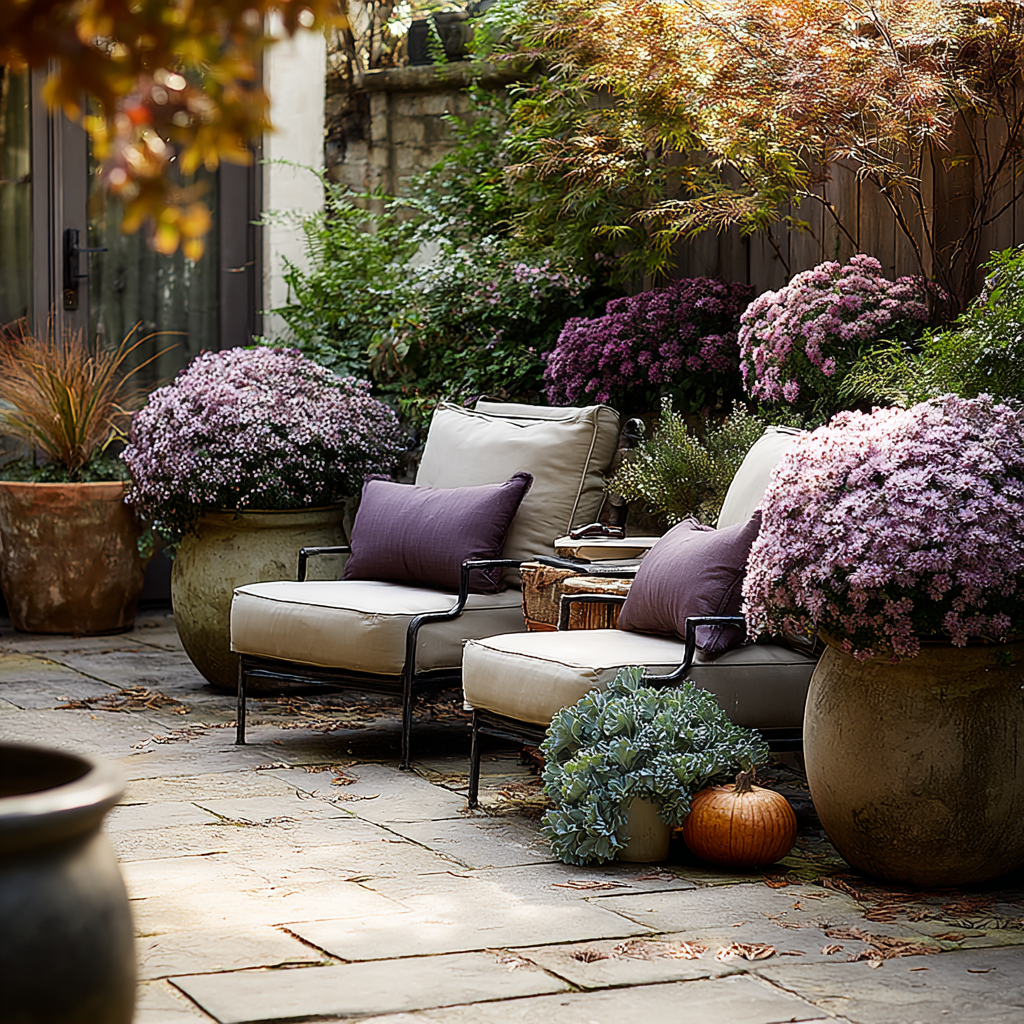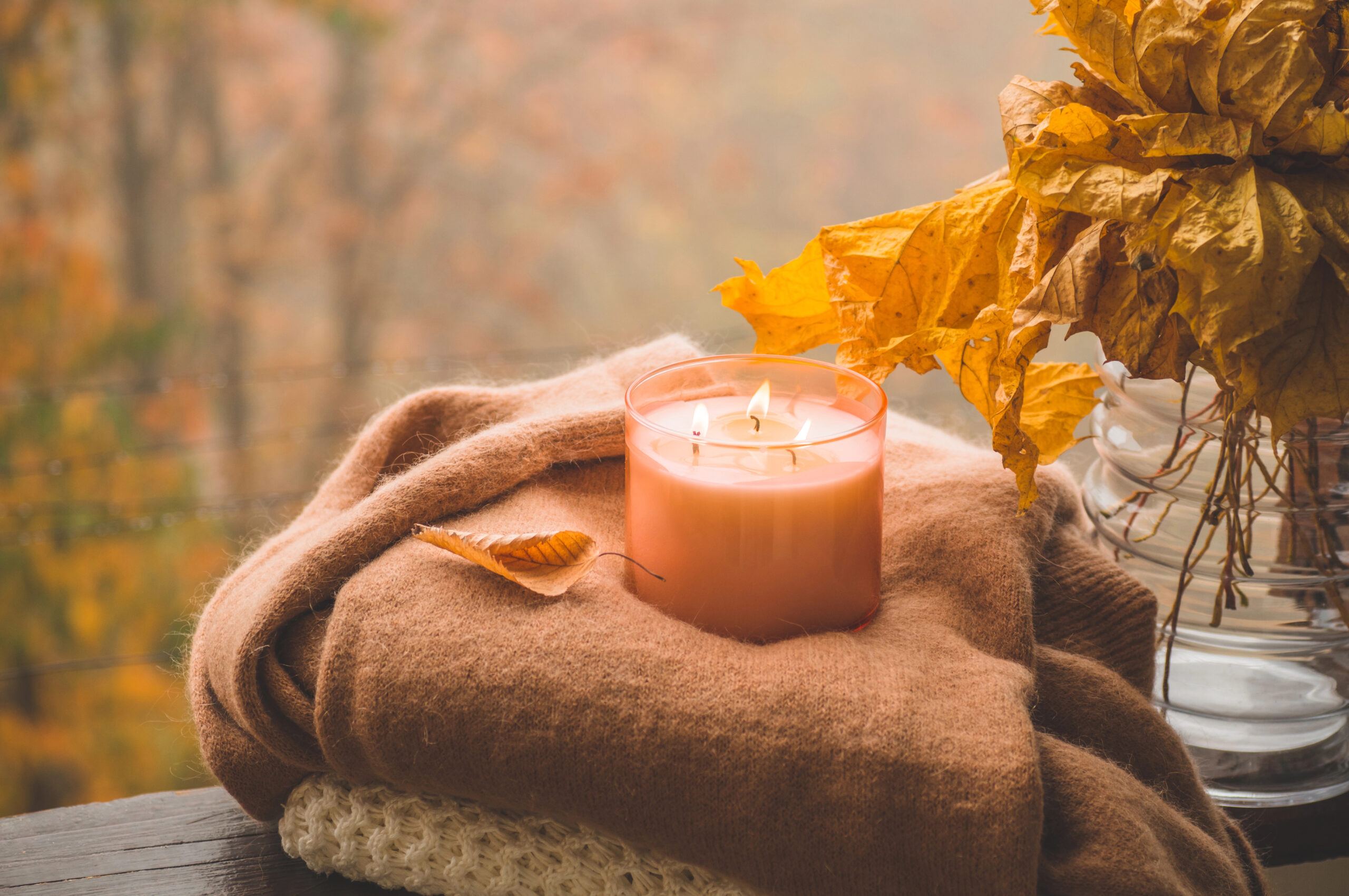Fall garden planting isn’t just about filling pots and borders before the frost. It’s the secret season for designers — that quiet window when you can still see what worked, what flopped, and what could be better next year.
While everyone else is swapping pumpkins, you can be sketching your 2026 garden — using what’s thriving right now as your guide.
Here’s how to turn this year’s fall garden planting into next year’s small-space layout.
Step 1: Walk Your Space Before Winter Sets In
Take five minutes, a mug of tea, and your phone.
Ask yourself:
-
Which areas still look great right now?
-
Where did color fade too fast?
-
Which planters could become planting beds next spring?
Snap a few photos from different angles. Come April, you’ll thank yourself when the garden center feels like sensory overload.
Step 2: Notice What’s Still Blooming (and What’s Built to Last)
Roses
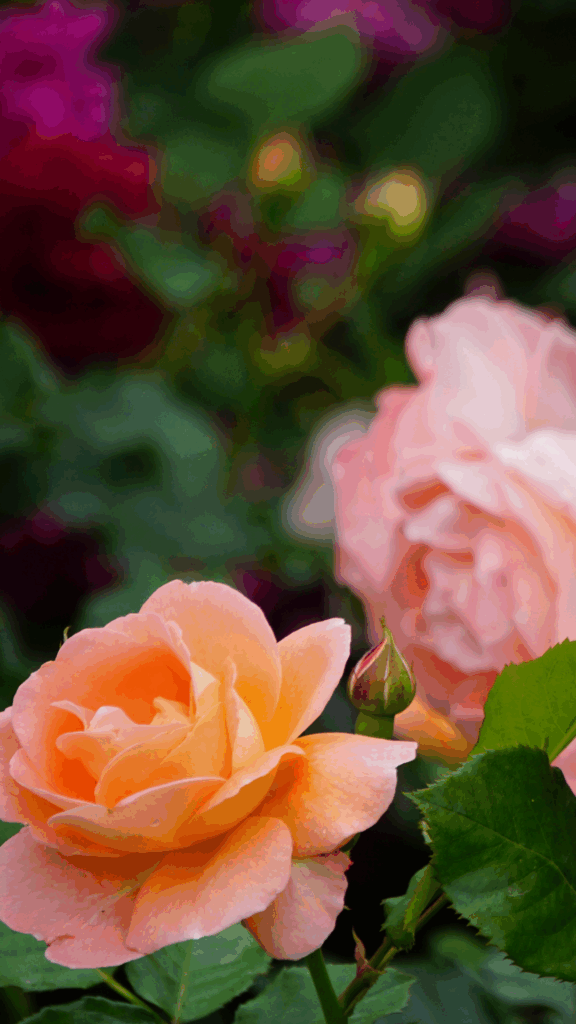
The unsung heroes of late fall. Most varieties keep blooming right into November—even in Zone 5—especially shrub and landscape types. They add elegance when almost everything else has quit and pair beautifully with ornamental grasses or evergreens for contrast.
Dahlias
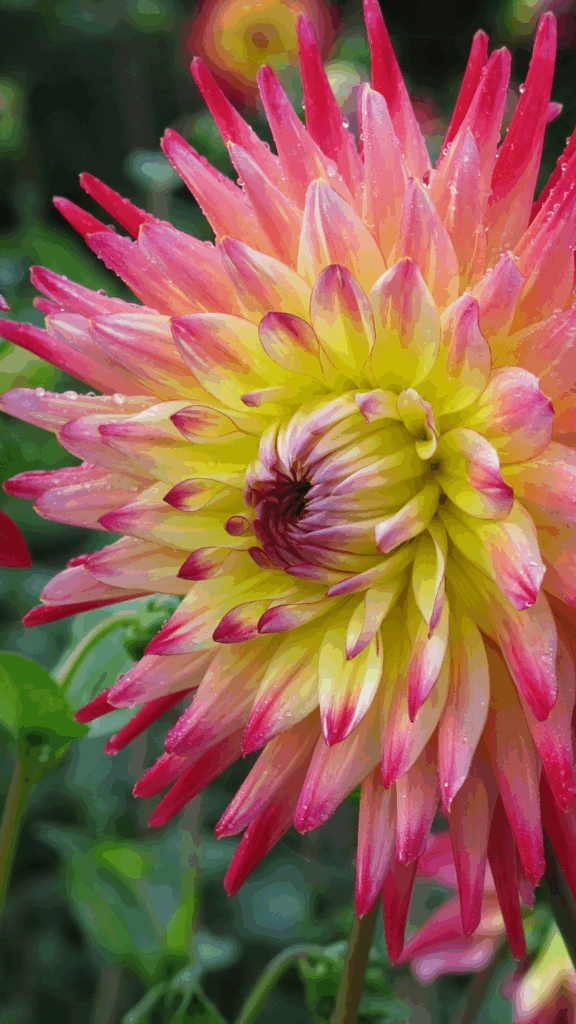
A late-season showstopper that rewards patience. They take time to establish but deliver bold, sculptural blooms from September until frost.
Asters
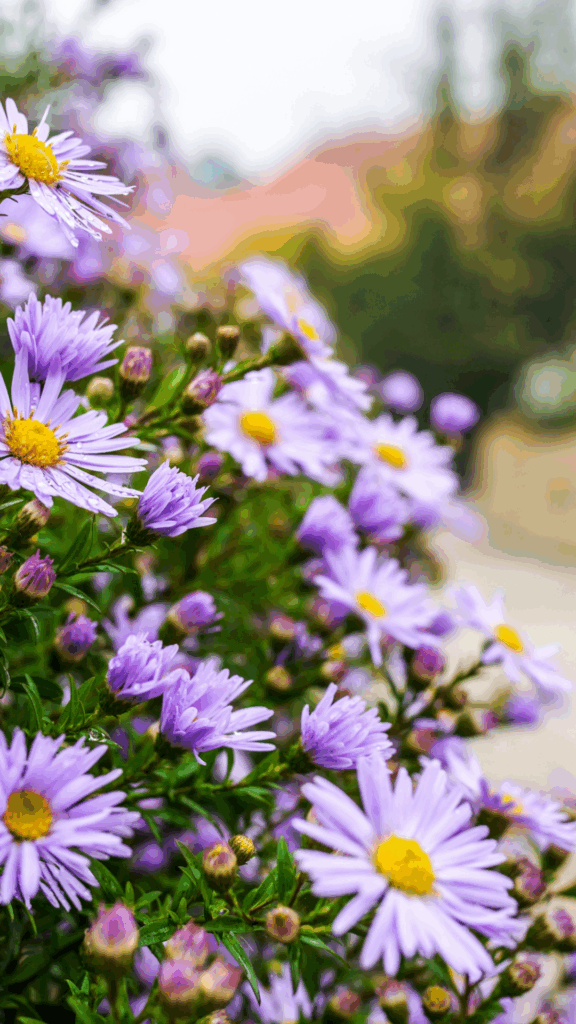
Dependable perennials that fill gaps with soft, wild color. Varieties like ‘Carmine Rose’ or ‘Alma Potschke’ light up borders when most perennials fade. Try planting them to flank your walkway or near your front door—they create a welcoming fall entrance. Just remember to give them enough space for their mature size. Add a few pumpkins or a small fall sign beside them for a simple, cheerful touch.
Sedum ‘Autumn Joy’
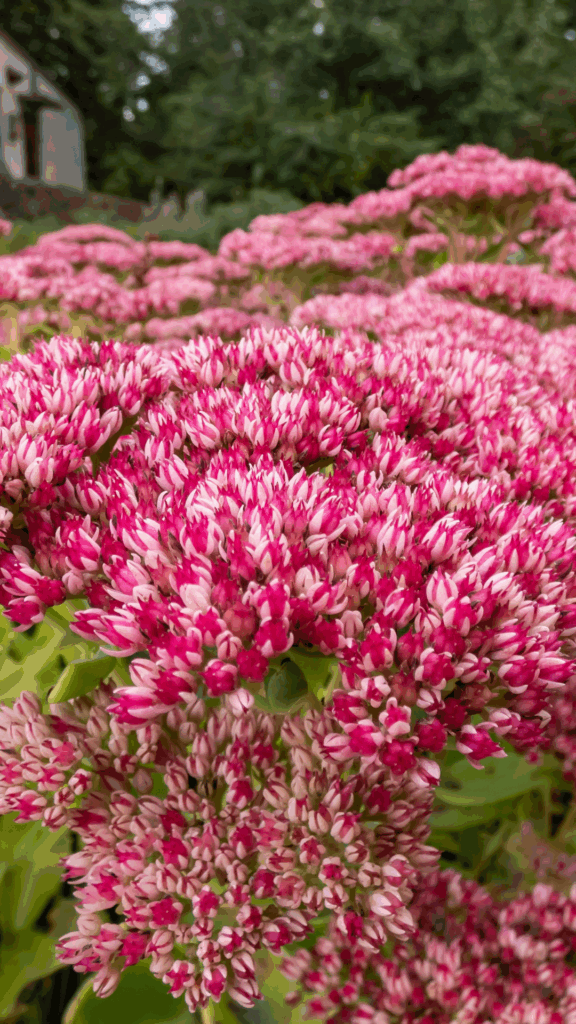
A true workhorse. Its upright form and color shift—from blush pink to russet—make it one of the easiest perennials to design around. Be sure to give it room to expand, and pinch back young buds early in the season to extend bloom time and create layered shades of pink through fall.
Ornamental Grasses
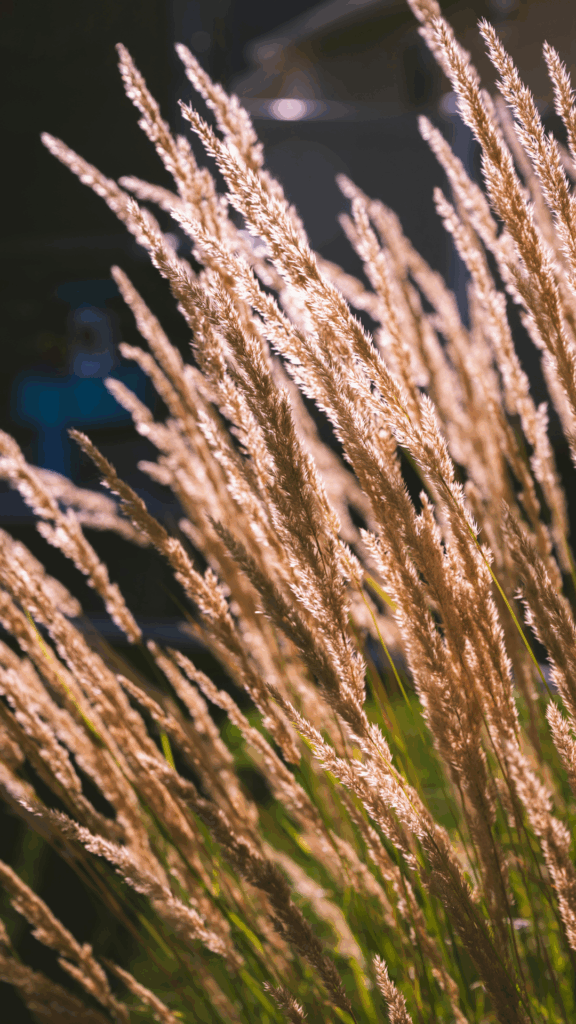
The backbone of fall texture. Panicum, Miscanthus, Pennisetum, and Sesleria autumnalis catch light beautifully and add graceful movement long after flowers are gone. They’re also key to strong winter structure—learn more about that balance in Boxwoods and Structure: The Backbone of Tiny Spaces.
To round out the scene, layer in short-lived accents—mums, ornamental kale, or even ornamental peppers—for quick hits of color. But let the perennials and evergreens take the lead. They’ll give you a garden that looks intentional, not temporary. Explore the ready-to-plant layout designs inside The Cozy Garden issue for inspiration.
Designer Tip: Think of these plants as your perennial framework. Once that’s in place, you can swap in seasonal accents each year without starting from scratch. For help designing that foundational structure, read Everything You Need to Know Before Designing a Small Front Garden.
Pro Tip: In colder zones, try overwintering dahlias by cutting back the dead foliage, laying it over the bulbs, covering it with fallen leaves, and then a tarp. This simple trick helps them survive the winter and rewards you with earlier blooms next fall.
Step 3: Think in Layers, Not Lines
Fall garden planting succeeds when you plan by height and texture instead of straight rows.
Try this simple 3-tier formula:
-
Back: Tall grasses or asters for rhythm.
-
Middle: Sedum or mums for structure and color.
-
Front: Heuchera or violas for soft edges.
Use repetition. Three matching groupings always look more polished than ten different things fighting for attention.
Step 4: Prep While the Soil Is Still Soft
A few end-of-season habits will make spring planting so much easier:
-
Divide perennials that have outgrown their space.
-
Spread compost or leaf mulch to feed the soil.
-
Mark sun and shade patterns with small stones or flags.
You’re not just tidying up; you’re setting the stage for next year’s show. Be sure to delay, cutting back perennials such as sedum and coneflower to give pollinators something to feast on during the winter months.
Step 5: Make a Quick “Next Fall” List

Before the season slips away, take a few minutes to jot down what really worked this year.
-
Plants that performed beautifully.
-
Spots that felt empty.
-
Color combinations that felt balanced and natural.
-
Plants that bloomed all season and are still going strong — those are the quiet workhorses worth repeating.
That quick list becomes your cheat sheet when garden centers reopen in spring. You’ll shop with a plan instead of impulse, and every choice will tie back to what you already know thrives in your space.
Fall garden planting is your behind-the-scenes season—quieter, slower, but full of potential. Use what’s blooming today to shape what will bloom tomorrow, and by next Thanksgiving your small garden will feel layered, intentional, and beautiful.
This is the part of gardening that feels like dreaming—quiet planning that sets up next year’s beauty.
Want to see what it can look like? The layouts inside The Cozy Garden issue turn these ideas into ready-to-plant designs for patios, corners, and front walks.
FAQ
What should I plant in fall for next year’s garden?
Perennials like asters, sedum, and heuchera establish roots now for better growth next year.
Can I still plant in late fall?
Yes, as long as the soil isn’t frozen. Focus on hardy perennials or bulbs that enjoy the cold start.
How do I design a fall garden for a small space?
Work in layers and repeat color. Group plants in threes for rhythm and flow.
